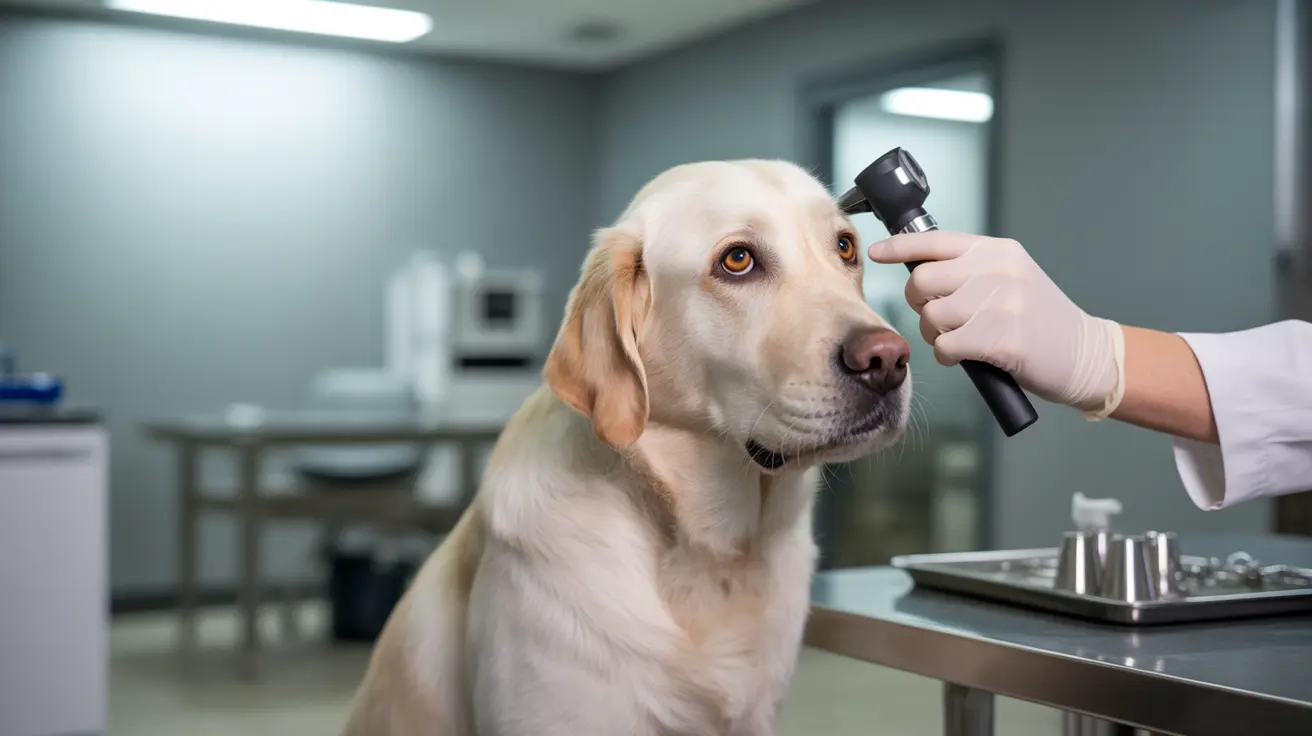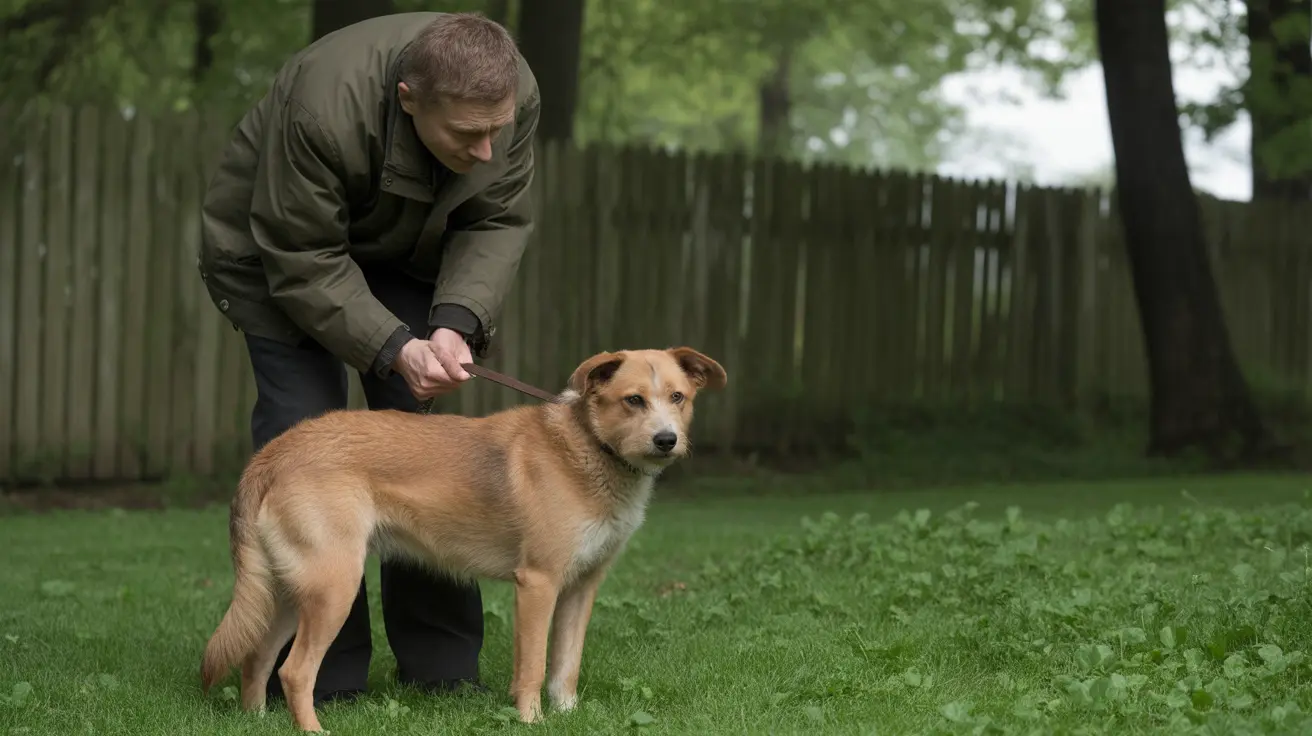What Happens If a Dog Eats a Lily?
Lilies are beautiful, popular flowers often found in homes and gardens. However, they pose significant health risks for pets, especially cats. While cats are extremely sensitive to lilies—with even minimal exposure potentially causing fatal kidney failure—dogs are also at risk. The effects vary depending on the specific type of lily ingested.
Lilies Toxic to Dogs
While some lilies cause only mild digestive discomfort in dogs, others are much more dangerous. Here are key types of lilies to watch out for:
1. Prairie Lily (Rain Lily)
- Toxic Part: The bulb
- Symptoms: Vomiting, diarrhea, abdominal pain
2. Lily of the Valley
- Active Compound: Cardiac glycosides
- Symptoms: Vomiting, diarrhea, slowed heart rate, severe heart arrhythmias, seizures, and potentially death
3. Peace Lily (Spathiphyllum spp.)
- Compound: Insoluble calcium oxalate crystals
- Symptoms: Oral irritation, drooling, vomiting, trouble swallowing, and rare cases of breathing difficulty
4. Calla Lily
- Compound: Also contains insoluble calcium oxalate crystals
- Symptoms: Intense mouth and throat irritation, drooling, decreased appetite
5. Gloriosa Lily (Flame Lily)
- Compound: Colchicine
- Symptoms: Severe vomiting, diarrhea, liver and kidney failure, bone marrow suppression, multi-organ failure, and death
Other Common Lily Varieties
Lilies such as Easter lilies, daylilies, Peruvian lilies, tiger lilies, and stargazer lilies may be considered less toxic or non-toxic to dogs, but can still lead to symptoms like vomiting or diarrhea. Though rarely life-threatening, ingestion still requires caution.
Common Symptoms of Lily Poisoning in Dogs
- Vomiting
- Diarrhea
- Excessive drooling
- Oral irritation and pawing at the mouth
- Loss of appetite
- Swelling and pain in the mouth
- Slowed heart rate and arrhythmias (Lily of the Valley)
- Seizures (Lily of the Valley, Flame Lily)
- Weakness, collapse, or sudden death in extreme cases
Treatment for Lily Ingestion
If your dog has eaten a lily, act quickly:
- Seek immediate veterinary help—even if symptoms are mild or absent
- Bring a sample or a photo of the plant for proper identification
- Your vet may induce vomiting if ingestion occurred within 1–2 hours
- Activated charcoal may be used to limit toxin absorption
- IV fluids, antinausea medications, and gastrointestinal protectants are typically administered
- Hospitalization may be necessary for severe cases, especially with toxic lilies like Lily of the Valley or Flame Lily
There is
no antidote for lily poisoning, so timely, supportive care is crucial.
Preventing Lily Poisoning
The best defense is prevention. Here’s how:
- Do not keep lilies in or around your home if you have pets
- Inspect floral arrangements and remove lilies immediately
- Keep pets away from flowerbeds or newly landscaped areas
- Dispose of water from flower vases containing lilies
- Educate guests and family members about the risks
- Consult reliable lists of pet-toxic plants prior to purchasing or planting
The Takeaway
While cats face the gravest risks from lilies, dogs are by no means safe. Certain lilies can cause serious health issues ranging from oral irritation to organ failure. Always err on the side of caution and consult a veterinarian immediately following any known or suspected lily ingestion.
Awareness can save lives. Keep your home and garden pet-safe by avoiding potentially toxic plants like lilies.




